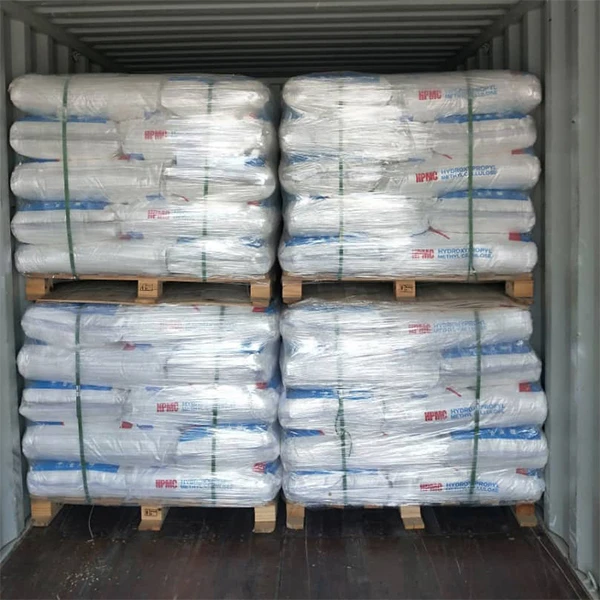The Role of Thickeners in Liquid Soap Production
Liquid soap, a staple in many households and industries, has become increasingly popular due to its versatility and ease of use. Unlike traditional bar soap, liquid soap provides a convenient and hygienic alternative, making it a favored choice in kitchens, bathrooms, and commercial settings. However, the formulation of liquid soap involves various ingredients, one of the most crucial being thickeners. Understanding the role of thickeners in liquid soap can help manufacturers create products that meet consumer expectations for texture, viscosity, and performance.
The Role of Thickeners in Liquid Soap Production
There are several types of thickeners used in liquid soap formulations, which can be generally categorized into natural and synthetic options. Natural thickeners, such as xanthan gum, guar gum, and cellulose derivatives, are derived from plant sources and are appreciated for their biodegradable properties and compatibility with other natural ingredients. These thickeners not only enhance the viscosity but can also improve the product's stability over time.
thickeners liquid soap

On the other hand, synthetic thickeners like carbomers and certain polyacrylic acids offer robust thickening capabilities and are often used in commercial formulations. These thickeners can produce a clearer appearance, which is desirable in many cosmetic and personal care products. However, they may contain synthetic chemicals that could raise concerns among environmentally conscious consumers. Thus, the choice of thickener often reflects manufacturers’ goals in terms of product positioning, target market, and price point.
Thickeners also play a critical role in the overall performance of liquid soap. They can affect foaming properties, bubble size, and even the cleaning efficacy of the soap. For instance, a well-thickened liquid soap may produce a rich, stable lather that not only cleans effectively but also feels luxurious during use. Moreover, thickeners can help to suspend other ingredients, such as fragrances, essential oils, and exfoliating agents, ensuring that the final product is visually appealing and delivers a pleasing sensory experience.
Consumer preferences have shifted towards products that are not only effective but also aesthetically pleasing and environmentally friendly. As a result, many brands are experimenting with different thickening agents, aiming to balance performance, feel, and sustainability. The use of natural thickeners is becoming more common as consumers demand transparency and eco-friendliness in their products.
In conclusion, thickeners are an essential aspect of liquid soap formulation, influencing texture, stability, and overall user experience. Manufacturers must carefully select the appropriate thickening agents to create products that meet modern demands while also considering environmental impacts. As the market for liquid soap continues to grow, innovation in thickening technologies and formulations will undoubtedly play a significant role in shaping the future of this essential product.
-
Rdp Powder: Key Considerations for Wholesalers in the Building Materials IndustryNewsJul.08,2025
-
Key Considerations for Wholesalers: Navigating the World of Hpmc - Based ProductsNewsJul.08,2025
-
Hpmc Detergent: Key Considerations for WholesalersNewsJul.08,2025
-
Key Considerations for Wholesalers: China Hpmc For Tile Adhesive, Coating Additives, Concrete Additives, and MoreNewsJul.08,2025
-
Crucial Considerations for Wholesalers: Navigating the World of Construction MaterialsNewsJul.08,2025
-
Key Considerations for Wholesalers Sourcing Additive For Cement, Additive For Concrete, Additive For Putty from Additive Manufacturer Shijiazhuang Gaocheng District Yongfeng Cellulose Co., Ltd.NewsJul.08,2025




